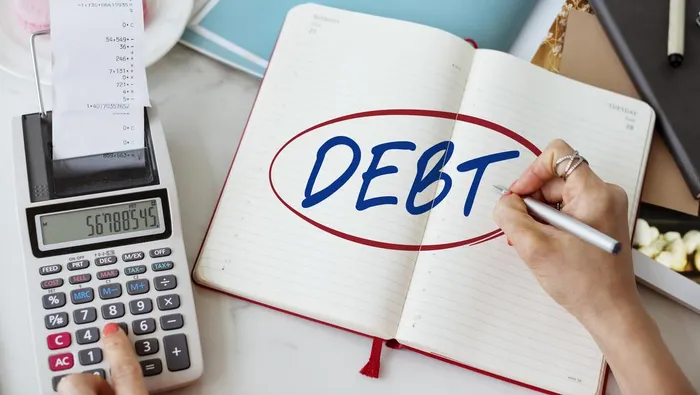How South Africans are spending 70% of their income on debt repayments

Those earning R35,000 a month use 78% of their income on debt repayments.
Image: Freepik
Even with interest rates easing, South Africans are still feeling the squeeze.
Living costs keep piling up.
DebtBusters’ third quarter 2025 Debt Index shows consumers entering debt counselling are paying 70 cents of every R1 they earn just to service debt.
That’s the highest level since 2017.
Those earning R35,000 a month use 78% of their income on debt repayments. For the most vulnerable, earning R5,000 or less, that jumps to 92%.
Compounded electricity and fuel hikes make things worse. “Electricity costs 165% more than nine years ago,” said Benay Sager, executive head of DebtBusters.
Petrol is 80% higher than nine years ago, contributing to cumulative inflation of 51%.
Meanwhile, nominal net incomes have risen only 3%, Sager added.
Confidence may have improved slightly in the third quarter, but the Debt Index shows consumers are still under severe strain.
There may be a silver lining. Economists expect the South African Reserve Bank to cut interest rates next week.
Another cut in the interest rate saves consumers an extra R300 a month on a R2 million, 20-year, bond – on top of the R1,000 already saved in the past year, said Bradd Bendall, BetterBond’s national head of sales.
Sager said rate and petrol reductions have eased debt pressure somewhat. But finances remain stretched.
Over the past nine years, income growth has not kept up with significant cost increases, and consumers are using short-term unsecured credit and personal loans to make up the shortfall, said Sager.
“Of those who apply for debt counselling, 95% have a personal loan, and 57% have a payday loan,” Sager said.
Related Topics: